According to the Ministry of Health , the global medical tourism market will reach 100 billion USD in 2024, with an average growth rate of 15-25%/year. In Vietnam alone, the market size is about 700 million USD and is forecast to reach nearly 4 billion USD by 2033 with a growth rate of 18%/year. In Ho Chi Minh City, 30-40% of out-of-town and international visitors come for medical examination and treatment, mainly from Cambodia, Laos, overseas Vietnamese and visitors from the US, Australia, Canada, Japan, etc.
These figures show that the potential for medical tourism development in Ho Chi Minh City is huge, especially as the city moves towards an international mega-urban model.
Dentistry is just a "side product"
For many years, Ho Chi Minh City has been considered a favorite "dental destination" when attracting a large number of international visitors, especially overseas Vietnamese and tourists from the US, Australia, and New Zealand. The reason is that the price of dental work in Ho Chi Minh City is very competitive compared to other countries while the quality is equivalent. Specifically, an implant or dental restoration in Vietnam is only 1/3 - 1/5 the price in developed countries. Clinics such as Elite Dental, Worldwide Dental, Nhan Tam... all meet international standards, have doctors trained abroad, multilingual consultation and professional services, helping Ho Chi Minh City become a reliable dental destination in the region.

The new trend of medical tourism is to shift the focus from treatment to therapy, recovery, and energy regeneration.
PHOTO: Contributor
However, although dental clinics are operating effectively, travel agencies have not yet taken advantage of this market. Most foreign tourists contact clinics themselves or combine dental work with their family visits, not through tours or medical tourism packages.
"The difficulty for travel agencies is that they do not have products attractive enough for customers to feel the need to buy. If they only provide dental services, they can go by themselves without going through a travel agency," said Mr. Tu Nhu Anh Vu, Inbound Director of Hoa Binh Tourism Company.
According to Mr. Vu, if overseas Vietnamese tourists stay for 5 nights, travel companies need to design promotional packages that combine dentistry, resorts and cultural experiences, helping customers see the added value when booking a tour. "If the cost through a travel agency is not cheaper or more convenient, customers will still choose to go straight to the dentist. To compete, we must create a more comprehensive experience," Mr. Vu said.
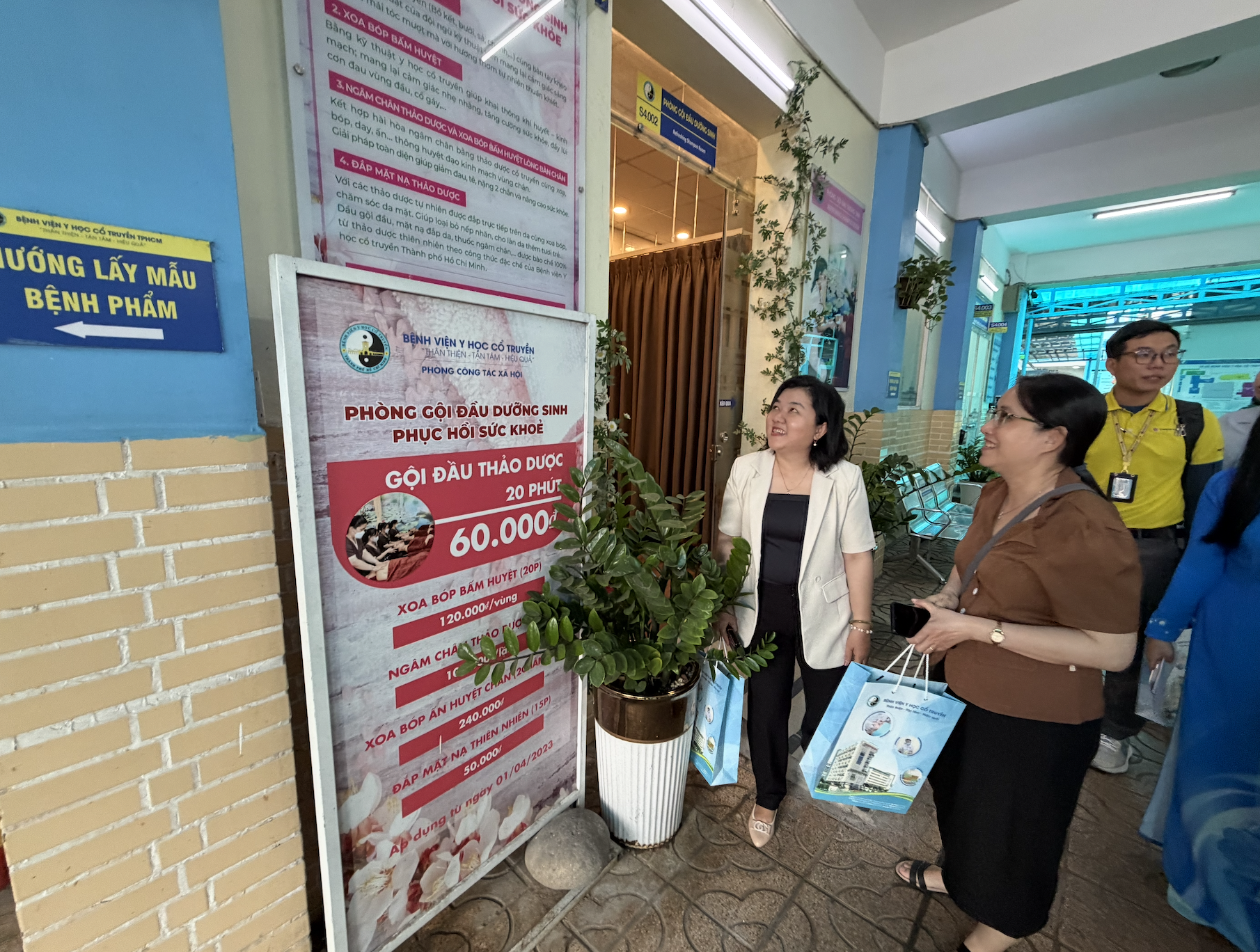
Ho Chi Minh City Hospital of Traditional Medicine is developing a specialized medical facility to serve medical tourism.
PHOTO: LE NAM
He also admitted that medical tourism is a difficult field for travel businesses because it requires medical knowledge, legal procedures and multi-party coordination. Travel is strong in organizing tours and taking care of customers, while healthcare is related to expertise and risks. Without a clear mechanism for coordination and benefit sharing, it is difficult to create sustainable products.
Mr. Le Truong Hoang Nam, Deputy Head of Product Development Department of Vietravel, commented that dental tourism packages are currently only in the form of "cross-selling", which means combining a resort tour or hotel with a dental service to stimulate demand. For example, customers booking a resort tour will receive a free dental examination package at a reputable facility, considered as added value.
For this reason, the current tourist market is still mainly domestic. Meanwhile, specialized promotion of dental tourism is still limited. Compared to the region, Thailand and India are still leading in medical tourism, accounting for a large proportion of the 25% global market share of Asia - Pacific, while Vietnam is just in the starting stage.
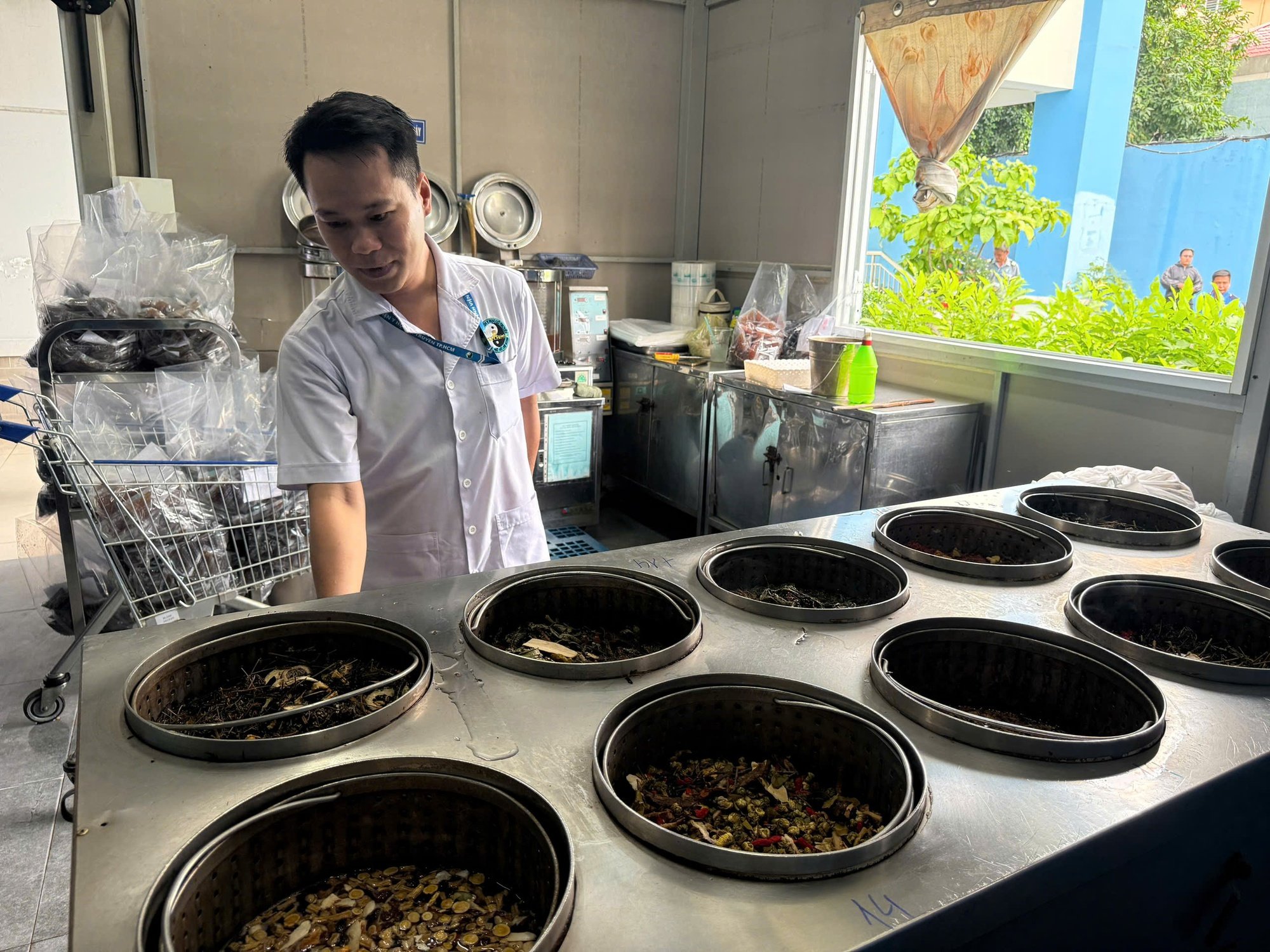
Visitors can directly observe the process of preparing, soaking medicinal herbs in wine, and packaging medicine.
PHOTO: LE NAM
Mr. Nam proposed 5 solutions to develop medical tourism, including: publishing a medical tourism handbook introducing medical facilities that meet international standards; promoting specialized promotion, especially in dentistry and traditional medicine; building a separate visa for medical tourists, combining all-in-one treatment and recovery packages; increasing the coordinating role of the Department of Tourism in connecting hospitals, businesses, and accommodations; developing a 3-tier medical tourism model, combining medical examination, treatment, therapy, and recovery with oriental medicine.
Come to Ho Chi Minh City to recharge your batteries
According to the Ho Chi Minh City Department of Tourism, more and more international tourists and overseas Vietnamese are coming to seek therapy, beauty care, spa, yoga and mind-body-spirit balance services. Many opinions say that this is an opportunity for the city to diversify its products and develop the healing tourism sector.
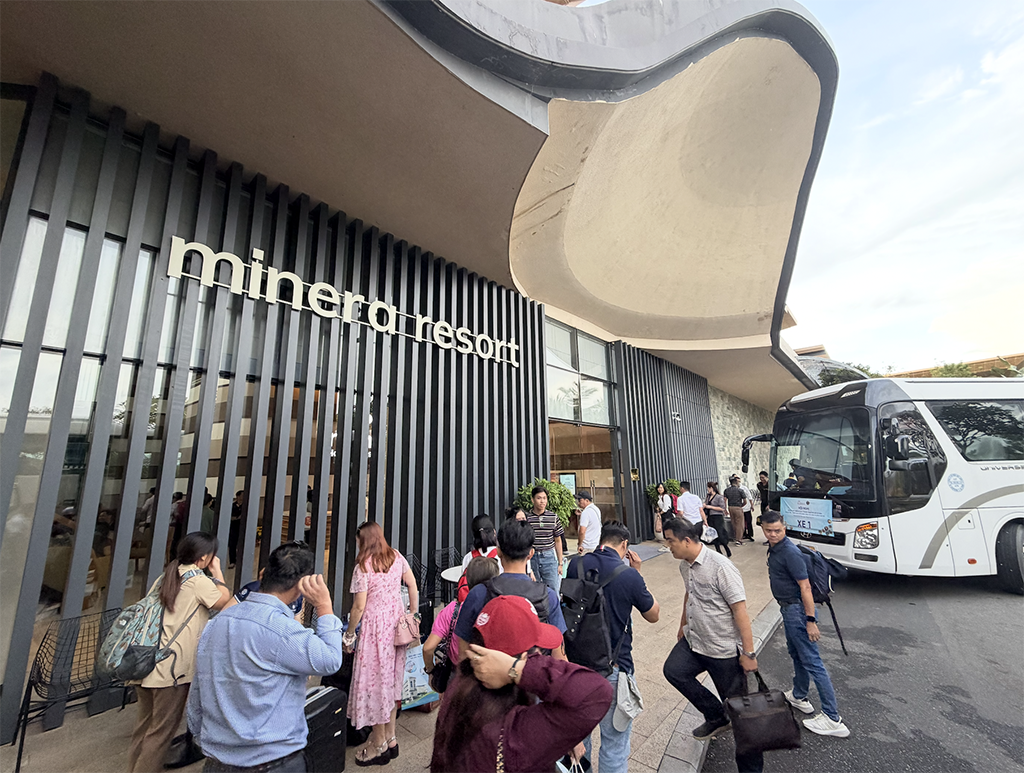
Medical tourism needs specific visa policies
PHOTO: LE NAM
Mr. Le Truong Hoang Nam said that in the past, Ho Chi Minh City had tried to develop medical tourism products but the results were not very good. The reason was that the tours at that time focused too much on the "treatment" factor, taking visitors to hospitals and clinics but lacking the experience and relaxation factor. Therefore, the new development direction needs to shift the focus from "treatment" to "health care and regeneration", combining resorts, macrobiotic cuisine, spa, nature and cultural experiences. "Customers must be divided into many groups such as those who want to experience traditional medicine, those who like spa relaxation, or young people who like gentle discovery tours. Each group needs suitable products, instead of being packaged in a rigid itinerary," Mr. Nam emphasized.
One of the products of this unit to catch up with the new medical tourism trend is "City Ho Chi Minh City - Journey of Oriental Medicine and Heritage", taking visitors to explore cultural destinations such as Ben Thanh Market, Ben Nha Rong, Ho Chi Minh City Theater, combined with visiting the Museum of Traditional Medicine, Ho Chi Minh City Institute of Traditional Medicine and experiencing traditional medicine and macrobiotic therapies. Tour price from 900,000 VND/person.
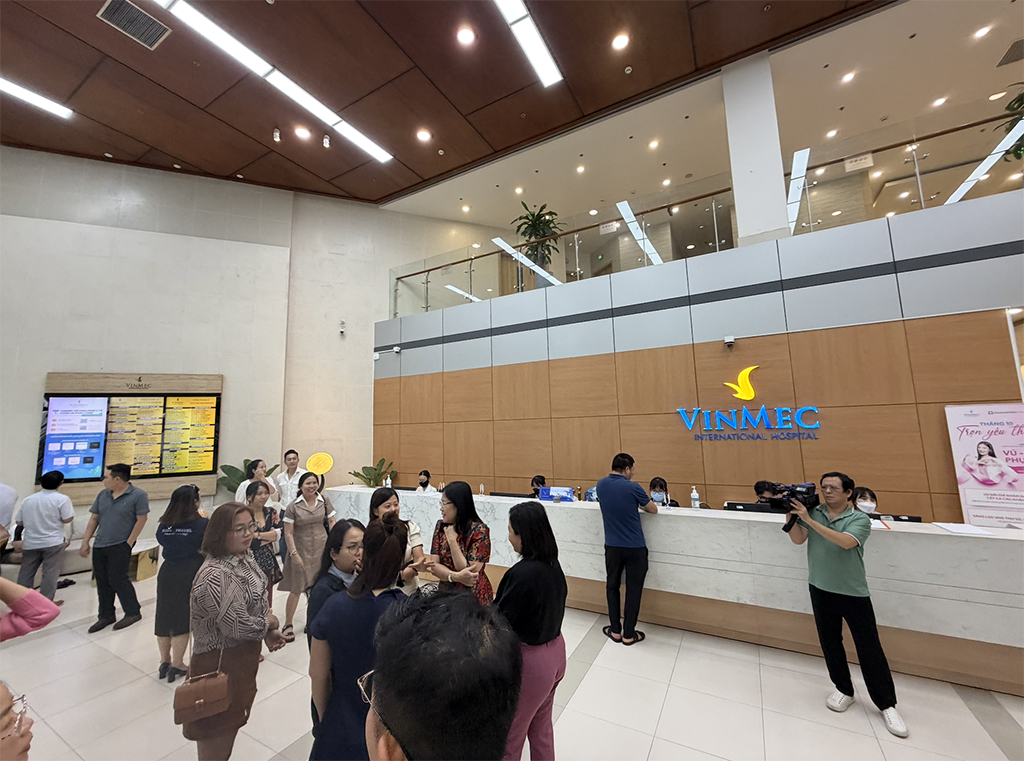
Some hospitals such as Vinmec Central Park are also cooperating with travel agencies to build a chain of high-end medical tourism services.
PHOTO: LE NAM
In the old Binh Duong area, the travel agency also built the "Chill and Heal" tour, combining macrobiotic cuisine, intensive spa treatment and health check-up packages at reputable medical facilities. This product is aimed at young customers who want to rest and take care of themselves, but still want to experience the local culinary culture.
Dr. Do Tan Khoa, Director of Ho Chi Minh City Traditional Medicine Hospital, commented: Traditional medicine is not only a long-standing medical value but also a valuable local resource, suitable for the Vietnamese physique, reasonable cost and can be combined with tourism. The hospital is developing a model of "treatment experience and medicine production", visitors can completely observe the process of preparing and soaking medicinal herbs in wine, combining health care therapy, massage, and hydrotherapy.
Ms. Vo Ngoc Diep, Head of the Department of Accommodation Management, Ho Chi Minh City Department of Tourism, said that the industry is building a set of high-quality medical tourism products to introduce to the market at the end of the year, targeting groups of customers who combine medical examination and treatment, relaxation and culture. Regional links between Ho Chi Minh City, Binh Duong, Ba Ria-Vung Tau and the Mekong Delta will help the city play a central role in welcoming international visitors and coordinating inter-regional health care journeys.
In order for Vietnam's medical tourism to reach the regional level, it is necessary to start with a specialized visa policy for medical tourists. South Korea has applied medical tourism visas (C-3-3, G-1-10) allowing foreign patients to enter the country for treatment, health recovery and long-term stays, making procedures more convenient and increasing spending time at the destination. Ho Chi Minh City can take the lead by establishing an interdisciplinary working group connecting hospitals, travel businesses and management agencies, aiming to form standardized medical tourism packages when the national visa system is issued.
Dr. Hyejin Park (Lecturer of Tourism and Hospitality Management, RMIT University Vietnam)
Source: https://thanhnien.vn/du-lich-y-te-tphcm-tiem-nang-nhung-chua-hieu-qua-185251031200214187.htm




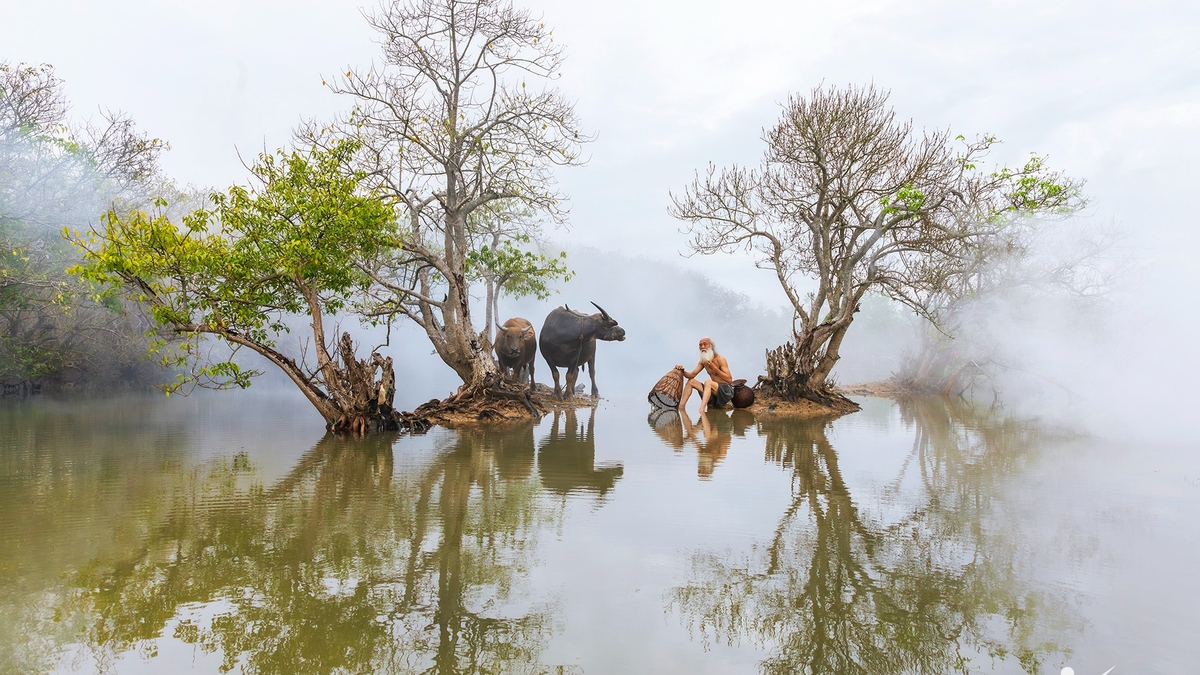



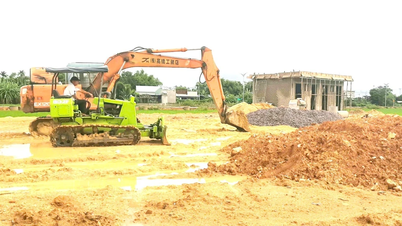

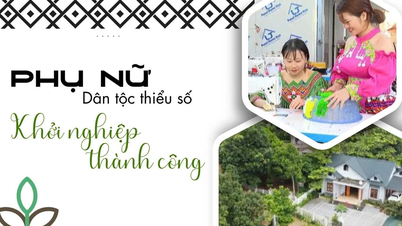





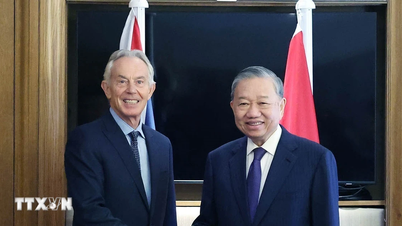

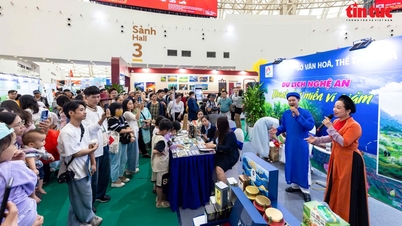

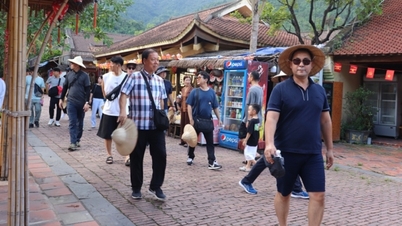

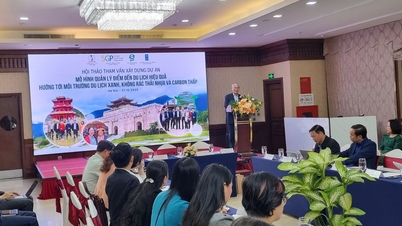
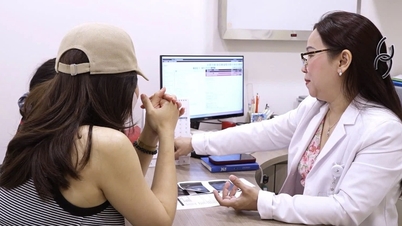
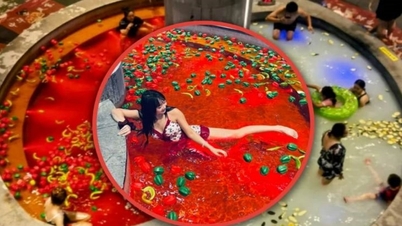

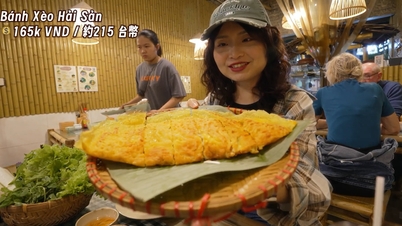






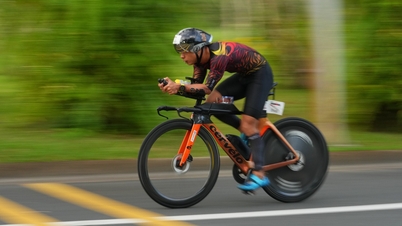


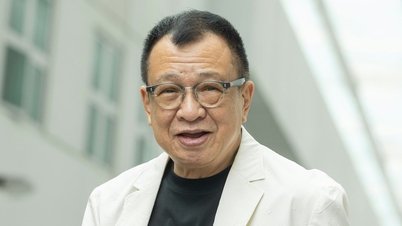
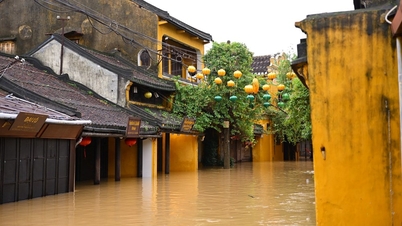





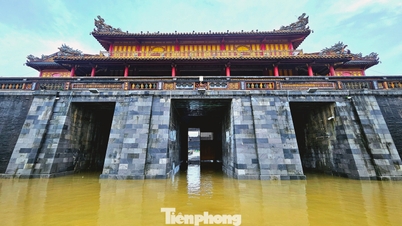




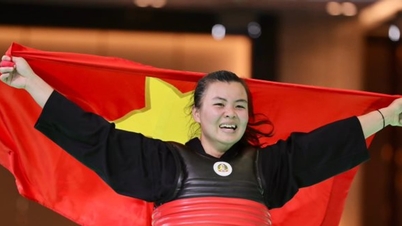

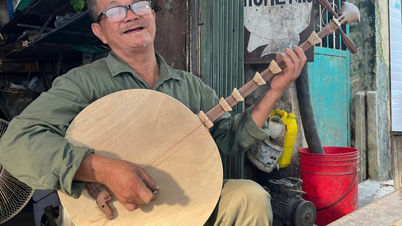





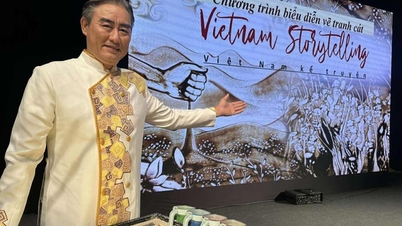






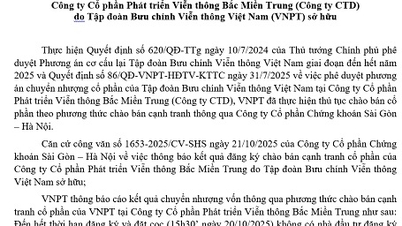
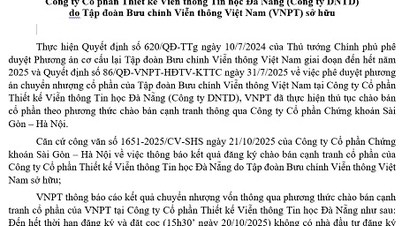
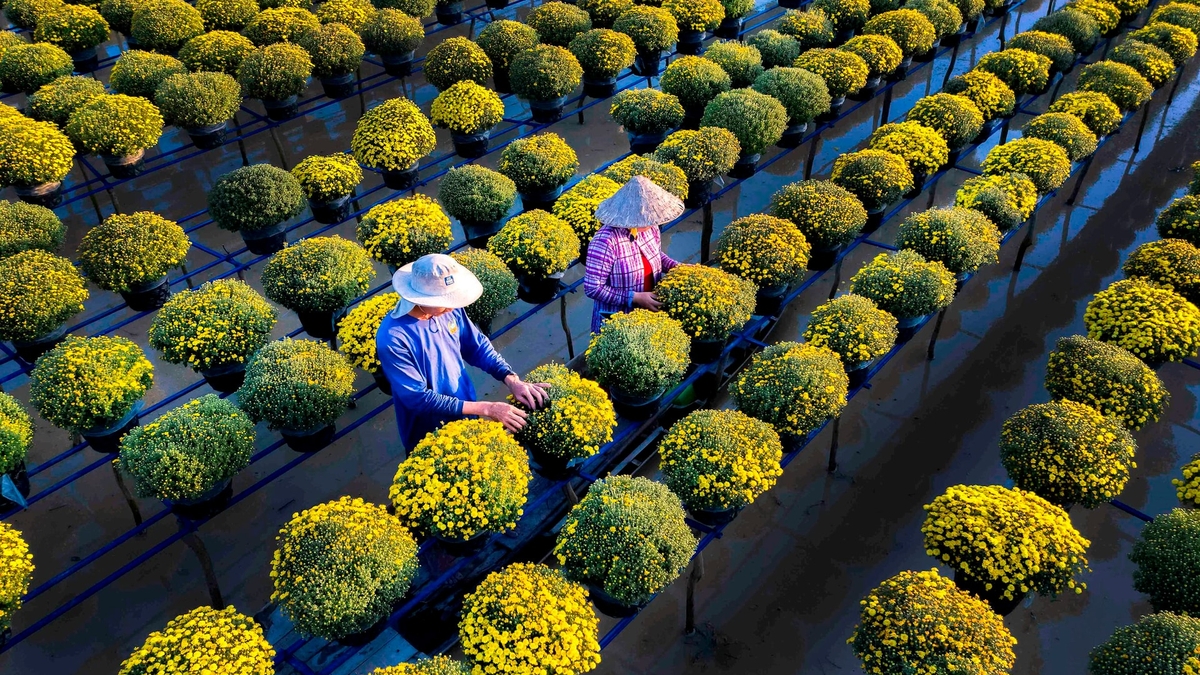




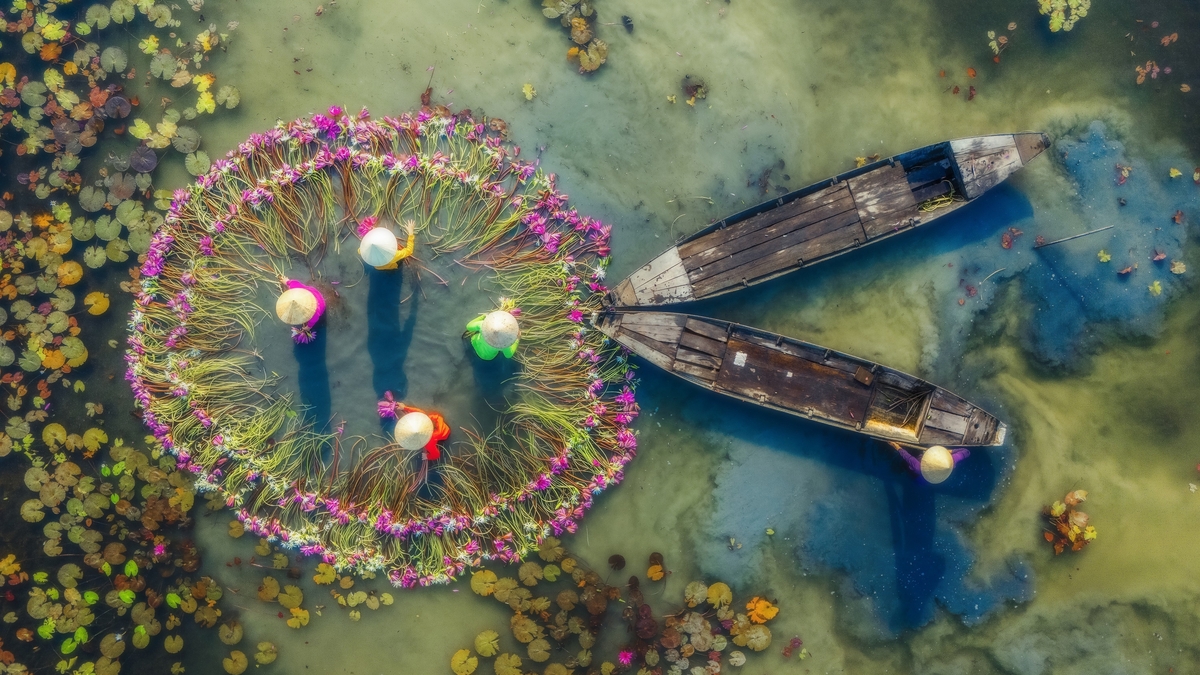
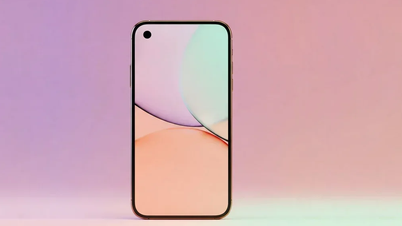






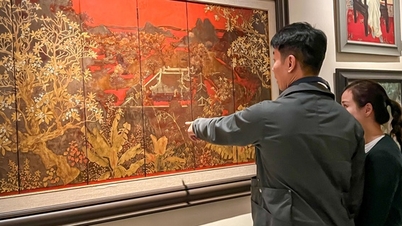
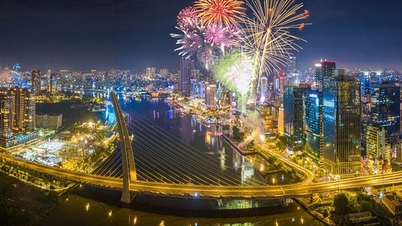

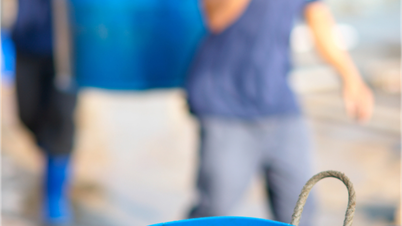

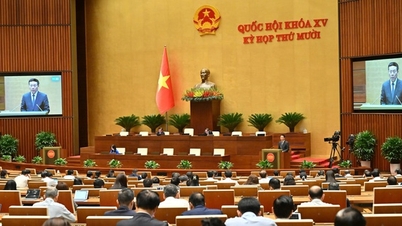











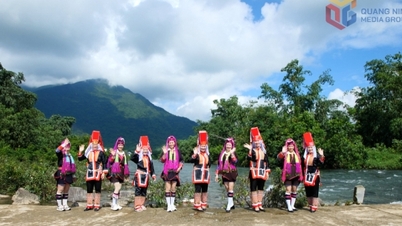
















Comment (0)